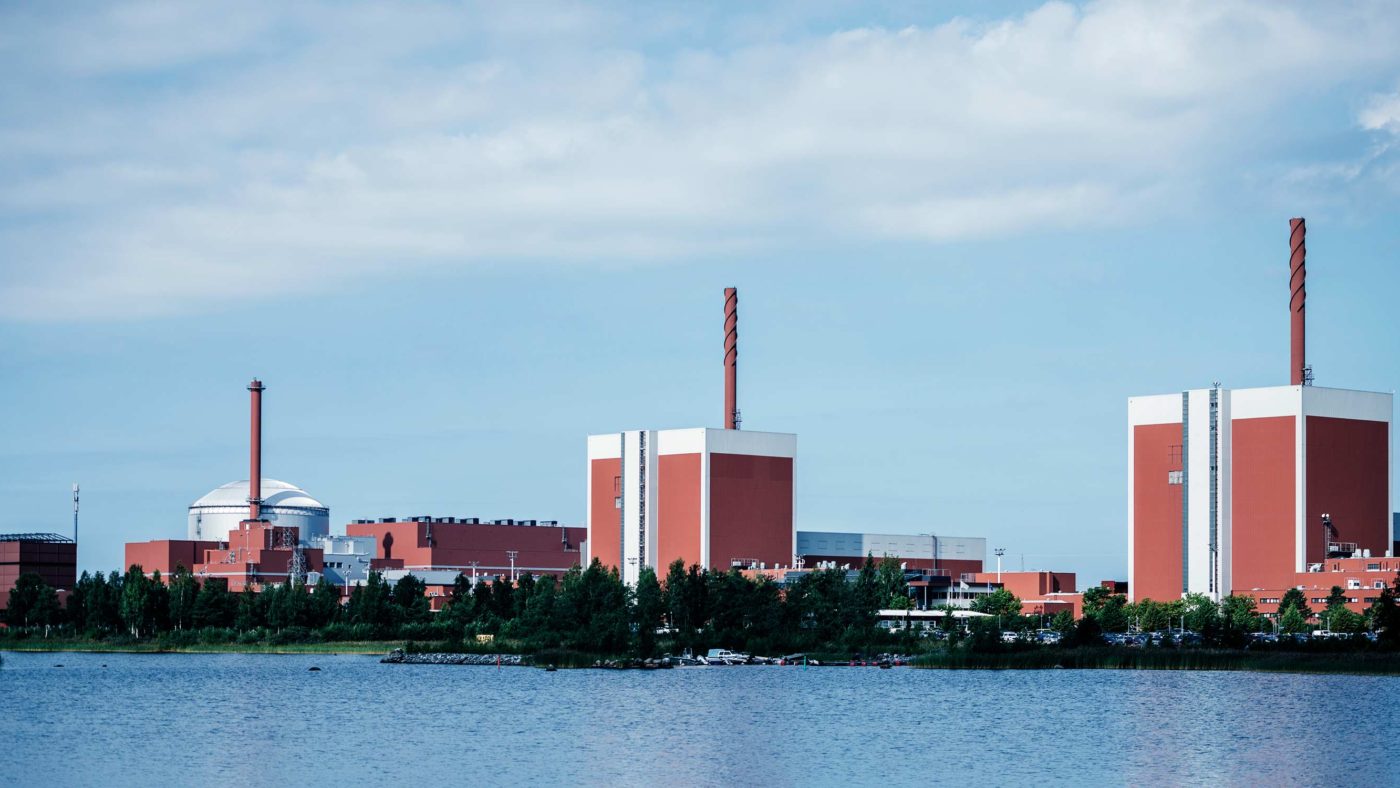Finland’s success in opening its first nuclear power plant in 40 years, and the first in Europe in 15, was certainly cause for celebration – particularly as Europe scrambles to wean itself off Russian energy. Less cheerful, however, was the fact the project took 13 years longer than expected to become operational.
The arguments in favour of nuclear are well rehearsed and clear. It’s a reliable, productive, zero-carbon form of energy that is far safer than some of its more hysterical critics might have you believe.
The big obstacle for advocates of nuclear is how slow and expensive it still is to build plants, and the risk that that entails for investors.
Here in the UK, the biggest sticking point in terms of investment is high capital costs. One estimate puts the capital cost of nuclear power at $6041/kW – over 50% higher than coal and 500% more than gas.
This is as a result of both complicated technology and restrictive regulation. The UK’s 11 operational nuclear power plants took an average of 13 years from construction start to commercial operation. Coal plants on the other hand take roughly three years and gas less than two.
Capital costs are at least 60% of nuclear’s levelised cost of energy meaning whether or not nuclear power is financially viable hinges on keeping those costs as low as possible.
A significant amount of time (and therefore money) could be saved with greater cooperation between regulators and builders. During the construction of Finland’s most recent nuclear power plant, it took four years to gain approval from the Radiation and Nuclear Safety Authority and another three years for the Finnish government to approve their 130,000 page application for an operating licence. Of course safety is paramount, but that does not mean the regulatory process should not be as quick and efficient as possible.
We could improve things no end by taking a leaf out of South Korea’s book. By standardising their power plants South Korea has been able to streamline the regulatory process. Nuclear power plants are now constructed to the same specifications, with gradually improving designs. This means once the specifications are met for one plant, they can be rolled on to following projects.
The UK’s nuclear sector is moving in the right direction, particularly with Rolls Royce’s small modular reactors (SMRs). The company intends to create 16 reactors to the same specifications, with 90% built or assembled in factory conditions. That will both reduce the regulatory burden and take advantage of economies of scale.
But there is still the high risk involved with investing in nuclear, a product not just of those capital costs, but the volatility of both technical progress and changing governmental policy. Various funding models have been introduced to make the investments more secure, from the UK’s Contract for Difference (CfD) and Regulated Asset Base (RAB) models, to Finland’s Mankala model.
In the CfD model, as used for Hinkley point C, a strike price is agreed at which the company is paid for energy. Depending on the market price, the Government either reaps the return or pays the difference. Hinkley point C has a strike price of £92.50/MWh (now £106/MWh), agreed for 35 years. In the current energy market, the Government would be making a substantial return; however, given technical progress they are likely to end up paying over the odds.
Since the agreed strike price, offshore wind farms have reduced their cost from £120/MWh to £50/MWh and Rolls Royce intends to produce nuclear power for £40-£60/MWh. This means that Hinkley point C will be uncompetitive before it is even operational, locking the Government (or, indeed, the taxpayer) into footing the bill.
With Finland’s Mankala model, risk is divided between various companies. The nuclear power plant currently under construction in Finland was proposed by a consortium of 67 industrial and energy companies. Under this model the risk and reward is divided between each shareholder. Investors are entitled to energy from the plant, in accordance with their size of equity, at a cost-price basis to then sell or use.
This model is preferential as it still reduces the risk for individual investors without relying on government support. It also maintains incentives for investors to improve the efficiency of the plant after it becomes operational, as they will reap the benefits rather than the state.
The final thing holding back nuclear power is unstable government policy, which undermines the long-term confidence needed to make such a significant investment. A cross-party consensus that nuclear power is necessary for the future of UK energy would signal the long-term commitment needed to encourage investment.
Nuclear power is far from finished. If we incorporate standardised processes, efficient funding models and stable government policy, nuclear power can provide a reliable baseload energy at an affordable cost.
Click here to subscribe to our daily briefing – the best pieces from CapX and across the web.
CapX depends on the generosity of its readers. If you value what we do, please consider making a donation.


